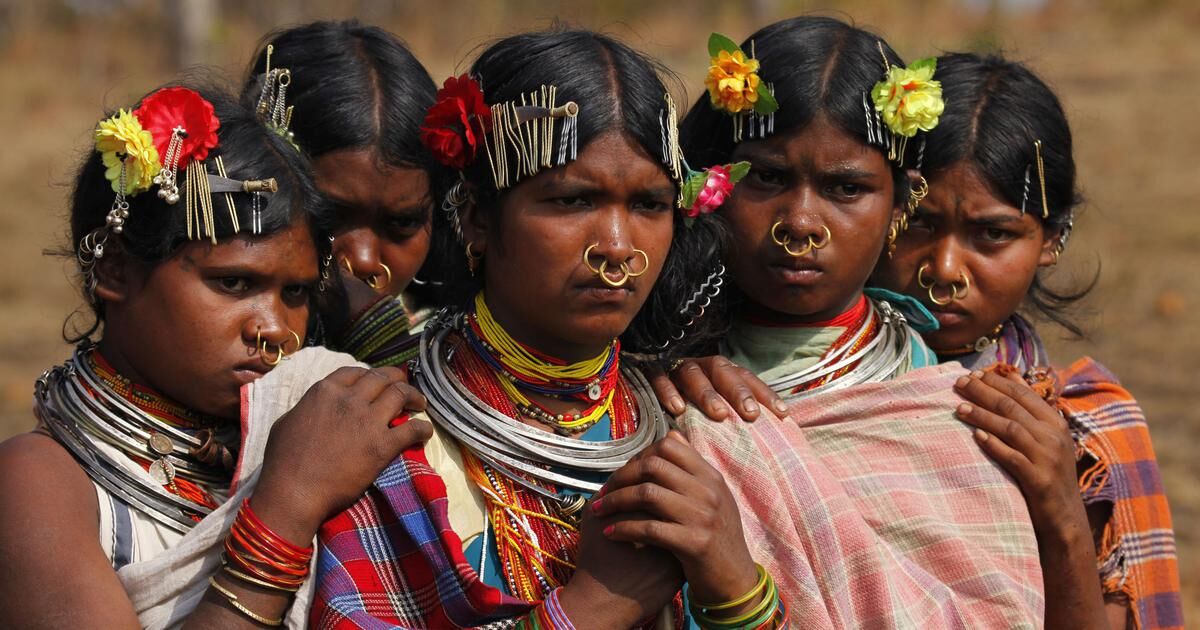The government of Tamil Nadu should publish a white paper on reservations and pursue quotas in the private sector. Dravidian politics in Tamil Nadu has played an important role in democratizing public space for wider participation. As recently emphasized by the Chief Minister of Tamil Nadu, MK Stalin, social justice has been an integral part of the Dravidian development model. Principles of social justice in Tamil Nadu were initially emphasized and promoted by Periyar, who fought for community representation while fighting the evils of the caste system. While the Dravidian model of social justice was able to democratize the public sphere by creating space for education and employment, it is necessary to rethink many aspects of social justice to reach and benefit more people.

First BC Committee Report
The report of the first Backward Classes (BC) Commission, led by AN Sattanathan, appointed by the then Chief Minister M. Karunanidhi, in its statement filed in 1970, emphasized the unequal distribution of reservation benefits in favor of certain communities within backward castes. It further stated that about nine castes (11.3% of the total backward castes) held 48% of the public posts and 37% of the ungazetted posts. In the education sector, 47% of medical, 44% of technical, and 34% of scholarships were denied an opportunity for the remaining 88.7% of backward castes in Tamil Nadu. Although the Sattanathan committee recommended economic criteria and removed certain castes from the reservation benefits, for political and electoral reasons, the government increased the quota for Other Backward Classes (OBC) from 25% to 31% and for Scheduled Castes (SC)/Scheduled Tribes (ST) from 16% to 18%.
Data from the second commission
In 1979, based on the report of the Sattanathan Commission, the then Prime Minister MG Ramachandran introduced the concept of the creamy layer (ceiling cap of ₹9,000 per year to qualify for reservation benefits), which was politically opposed. The All India Anna Dravida Munnetra Kazhagam (AIADMK) was forced to withdraw after an electoral defeat in 1980. The AIADMK government increased the quota for other backward classes from 31% to 50%, causing the Supreme Court of India to overrule Tamil Nadu’s government and order a second backward class committee. In the year 1982, to assess ground reality.
The commission, headed by JA Ambasankar, reiterated the unequal distribution of benefits among backward classes mentioned by Sattanathan in the first Backward Class Commission. The Ambasankar report stated that about 11 castes, about 34.8% of the backward castes, 50.7% of the posts in the public service committee, 62.7% of the seats in professional courses, and 53.4% of the government grants. The remaining 211 backward castes, or about 65.2%, were poorly represented in government services and the education system. The government added another 29 communities to the backward classes without addressing the skewed representation.
political movements
In 1989, the government of Dravida Munnetra Kazhagam under M. Karunanidhi divided the 50% OBC reservation into 30% for backward classes and 20% for most backward classes (MBCs) non-denominated communities (DNC) due to unrest led by dr. S Ramadoss of the Pattali Makkal Katchi demands more representation for the Vanniyar caste. Later, the AIADMK government under then Prime Minister Jayalalitha enacted the Tamil Nadu Backward Classes, Scheduled Castes, and Scheduled Tribes (Reservation of Seats in Educational Institutions and Appointments or Posts in the Services under the State) Act, 1993, and was awarded the under the Ninth Schedule of the Constitution to protect it from judicial oversight.
In 2000, then Prime Minister Karunanidhi released a white paper on ‘Reservation in Government Employment for the Adi Dravidars, Scheduled Tribes, Backward Classes, Most Backward Classes, and Unregistered Communities. In 96 government departments, SC representation in Groups A, B, and C was below their constitutional quota. The MBCs, assigned 20%, only had about 8% in the “A” category of the group. The BC had more than a majority representation. Only in the Group D category were SC/STs and MBC/DNCs noticeably represented. In government enterprises, top cooperatives, universities, corporations, and statutory bodies, SC representation was only about 3%, and for MBC/DNCs, only about 7% were in the ‘A’ category. BCS also had more than a majority in this category.
Neoliberal State, Social Justice
The neoliberal phase after the 1990s has expanded the scope of the private sector in key sectors of Tamil Nadu’s economy, including social sectors such as education and health care. According to the All India Survey on Higher Education (AISHE) 2019-20 report, 86% of colleges and 44% of universities in Tamil Nadu are private sector-owned. Subject not applicable in the private sector, only 11% of the faculty of SC community in Tamil Nadu, according to this report. While OBCs (no data for MBCs available in the AISHE report) represent over 70% of teaching positions in Tamil Nadu, SC/STs, and minorities are under-represented. Only 2.9% of the faculty belong to the Muslim community.
The Government of Tamil Nadu must issue a White Paper on Reservations in Tamil Nadu to take stock of the changes that have taken place in the social makeup of public sector workers after the year 2000. Apart from filling SC/ST vacancies, the government should increase SC/ST reservations as their population is 21.1%, according to the 2011 census. Furthermore, the state government should continue the policy of private sector reservations, which the DMK has mainly supported in its election manifesto. Reservation in private educational institutions has a constitutional mandate in Article 15(5), passed in 2005 by the 93rd Constitutional Amendment Act. Such proactive measures are necessary to give meaning to the principles of social justice according to the Dravidian model.

